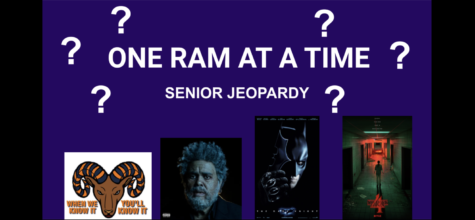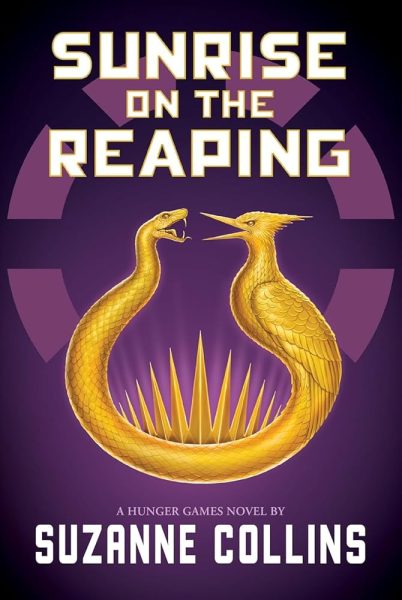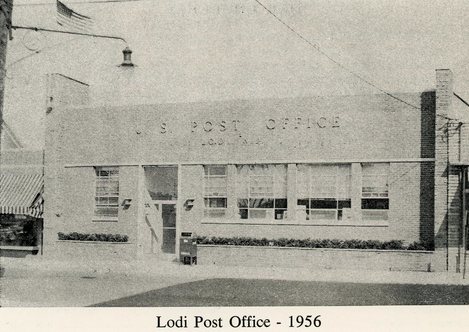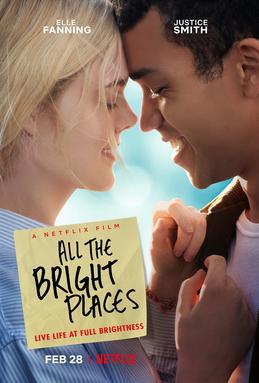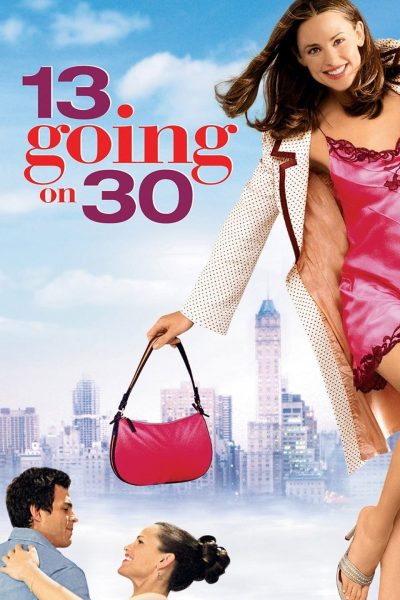Home Alone: The Declining Franchise
For most people, the Christmas season means that it is time to bring out the popcorn, make some hot cocoa, and get cozy on the couch to watch some holiday classics. One specific movie, however, has become tradition for most households, and that movie is Home Alone. The first Home Alone, and to a lesser extent, the second film of the series, have become so embedded in the holiday season and Christmas iconography, that many are almost completely unaware of the multiple sequels that have come after it. Why do so many people ignore the sequels? Can they really be that bad? What makes the original such a great Christmas movie in comparison? There is only one way to find out, and that’s to binge watch all six movies in order to see if there are any hidden gems that could be future Christmas classics!
Home Alone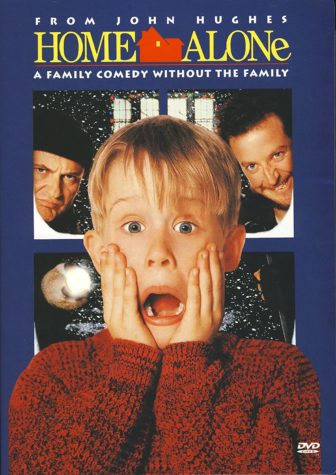
The beauty of the first Home Alone movie is not just in its premise, but in its execution. The premise, on its own, is simple. It fulfills the childhood fantasy of being left home all alone without any adult supervision, and with free reign over any mischievous idea that pops into your eccentric child mind. Home Alone expands upon this concept by adding conflict through the characters of Harry and Marv, AKA the wet bandits, played by Joe Pesci and Daniel Stern. The two scruffy local crooks plan to rob the McCallister household while they are away on vacation in Paris. While the story is set during Christmas time, what other factors make it the number one movie around the holiday season? The ingenious inclusion of holiday themes and ideas changed what could have been just another family movie into a Christmas classic. The real magic of the film is in the small details. Mainly, the set design adds to the warmth and joy that many attribute to the Christmas time. The interior of the McCallister household is given a strong red and green color scheme, with plenty of festive decorations scattered through each of the rooms. The exterior contains trees covered with bright, festive lights. The snow on the ground mimics that of a winter in the suburban area of Illinois. The attention to detail in the way these sets come to life help bring a sense of holiday spirit to an otherwise tense situation for the main character. Thematically, the film hits many of the necessary emotional beats that help portray its true holiday essence. Kevin begins the film in a state of distress as he is tired of being the outcast in the family; he feels that almost everyone in his family, even his mother, has it out for him. At the point when he realizes that he is left home alone, he is overjoyed. He begins doing anything and everything that his parents would never let him do, like jumping on the bed, sleigh riding down the staircase, etc.. However, through his entire journey he learns that his family means more to him than he originally thought, and by the end he makes it his one Christmas wish to have his family back. These heartwarming moments are important for a film of this nature to have. When Kevin finally reunites with his family and gets to spend Christmas morning with the ones he loves the most, it is emblematic of the holiday spirit.
It is also important to note that the cast and the crew behind the original film is largely what led to its success and acclaim. The movie was written by John Hughes, who was most famous for his teen comedies like Breakfast Club and Ferris Bueler’s Day Off. The film also jump started the career of director Chris Columbus, who later went on to direct the first two Harry Potter movies. Legendary composer, John Williams, was also brought on board to produce a score that conveyed the atmosphere of Christmas, and it largely elevated the movie’s appeal. Even with the talented people behind the scenes, Home Alone could have been a huge flop if not for its perfect casting. At only ten years old, Macaulay Culkin was able to carry the film throughout its entire runtime. The film was extremely lucky as most films struggle when a child actor is in the lead, but Culkin brings enough charisma and charm to the character that, when combined with Hughes’s brilliant writing, makes Kevin feel like an everyday kid.
Home Alone has become a name that many people immediately associate with the holidays, so it’s obvious why studios would be quick to capitalize on its success with subsequent films.
Home Alone 2: Lost in New York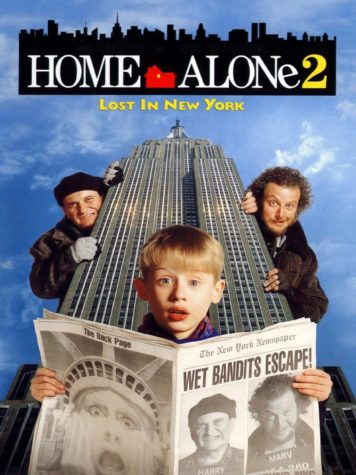
20th Century Fox was quick to follow up the first movie with a sequel with the same cast and crew just two years later. This time around the McCallister’s are rushing to catch their flight to Florida for another Christmas vacation. When Kevin loses track of his family, he begins to follow someone who appears to be his dad, but in actuality he was following a complete stranger and ended up on a flight to New York City where he is once again stranded all alone. The film itself follows a very similar formula to the first movie, and hits many of the same plot points. Kevin indulges in the luxury of being alone, using his dad’s credit card to stay at the Plaza hotel, until he is met once again by Harry and Marv who have escaped prison and made their way to the big apple. Old man Marley from the first movie is replaced by a homeless lady who spends her days tending to the pigeons in Central Park. This side plot in particular is carried over almost completely from the original, as Kevin’s dynamic with them follows the same pattern. Even specific scenes with the pigeon lady seem to be lifted over from the first one, like when Kevin shares heartwarming life advice, or when he is cornered by the burglars and is saved at the last second. It makes it harder to connect with her character when it is abundantly clear that she serves nearly the same purpose within the story as the old man did. One difference that is important to mention is the way in which the violence is depicted in the climax of the film. When Kevin is fighting off the wet bandits for the second time, he once again uses convoluted and highly painful traps, but this time much of the violence is portrayed in a more cartoonish manner. It feels like an attempt to top the violence of the first movie, without ever fully committing to crafting new and creative traps. This makes most of the climax of the film feeling like just another rehash of the first movie without any distinctive qualities.
Despite its issues, there is still a widespread debate over whether or not Home Alone 2 is superior to its predecessor. While I cannot say that the second movie, with its recycled narrative and far less memorable moments, is an overall better movie, it does have a lot going for it. For one, Tim Curry’s performance as the hotel concierge, while brief, steals the show, and is one of the most charming aspects of the movie. His performance is brilliant as he uses his typical posh British accent, and acts through his teeth with a smug demeanor. His antics as he tries to reveal Kevin’s lies add to the lighthearted tone of the story, but more importantly it helps the film stand out from the original. The change in setting may also affect people’s feelings towards the movie. Especially for those that live in or near a city, they may feel a greater sense of Christmas spirit through their connection to the towering lights, festive shops, and constant commotion. Just like the first one, Home Alone 2 perfectly captures the setting in which it takes place. Whether it be Radio City Music Hall, Central Park, or the Statue of Liberty, there are plenty of real life locations and landmarks that they utilize to fully display the essence of the city. At the end of the day, it may just come down to which backdrop most ideally matches your view of the holiday season.
Home Alone 3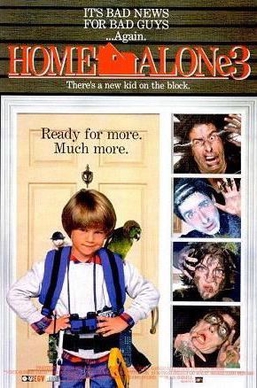
The third installment of the Home Alone series follows a completely new family and kid, Alex Pruitt, played by Alex D. Linz. Home Alone 3 begins with a North Korean terrorist organization contacting an international criminal to carry a ten million dollar microchip containing missile codes oversees. He meets up with three other spies who must get the chip past airport customs, and decide to hide it inside a remote control toy car. This then leads to a luggage mix up, in which an old lady named Mrs. Hess retrieves the bag with the toy car thinking it is her own, which causes the spies to chase after her as she makes her way to Chicago. In Chicago, Hess gifts the toy car to Alex, her next door neighbor, and it is up to him to fight off the international villains as they attempt to break into his house.
Interestingly, this is meant to be a Christmas movie. All of the holiday charm from the first two movies is lost in an overly convoluted narrative. John Hughes returned once again to write and produce the movie, but it’s clear he was much less invested this time around. The film was originally planned to star Macaulay Culkin, this time as a teenager, but he had already retired from acting at this point. With the main cast completely changed it’s clear why many stopped paying attention to the series after this point, and why this would go on to be the last movie in the franchise to be released theatrically.
Home Alone 4: Taking Back The House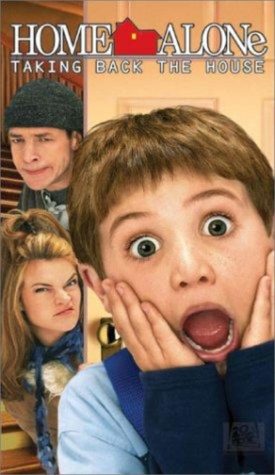
When asked if he would like to reprise his role as Marv in the new Home Alone, actor Daniel Stern declined, calling its script an “insult” and “total garbage.” That is pretty much all that you need to know about Home Alone 4. The movie aired on ABC nearly five years after the third installment, and, again, with an entirely different cast. However, this time around they decided to bring back Kevin and the McCallisters, but with an entirely different cast to play those iconic roles. This is an incredibly pointless idea that serves no purpose other than to bank on people’s love for the first two movies. Other than their names, these are entirely different characters. There are few lines that Kevin and Marv share that call back to the original movie, but other than that it feels like a completely tacked on idea. In the movie, Kevin’s parents are divorced and Kevin decides to stay with his dad and his rich girlfriend, Natalie, in their mansion for Christmas. Marv and his new partner, Vera, have a plan to kidnap the royal prince who is going to spend Christmas at Natalie’s mansion, until they run into Kevin, who foils their plan. This plotline is so far removed from the original two films in the series, and, like the third one, far too convoluted to stand on its own as a quality holiday movie.
Home Alone 5: The Holiday Heist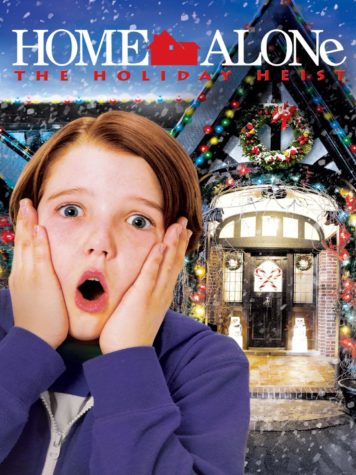
Another straight-to-TV entry in the Home Alone series that falls completely flat in capturing the magic of the original movies. There are a lot of shallow attempts to modernize the story, with parts of the story parodying gamer culture. It is hard to be angered by the made-for-television movies as they are simply just low budget, mediocre family movies that use the Home Alone name as a way to gather more attention. There are slight nods to popular scenes from the first movie, but most of the traps disappoint. The only interesting part about the movie is that Malcolm Mcdowel, an actor best known for his performance in A Clockwork Orange, plays the main villain. As stated with the first movie, an important part of Christmas movies is the moral and lessons that are learned by the end. In this movie, and most of the sequels, the message is almost completely tacked on, with the main kid deciding to break off from playing his video games to play outside with a friend. It is hard to feel any sense of holiday joy from a series that has become so plainly out of ideas.
Home Sweet Home Alone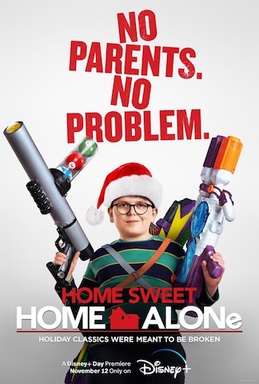
The most recent film in the Home Alone series, and what will hopefully be the last. In a sense, this film is an upgrade from the previous two as it was released through Disney+ rather than being straight-to-TV. With the movie being put onto streaming, it is going to reach a wider audience, thus the movie was given a larger budget than its predecessors. However, its script may just be the most disjointed one of them all. The main child in this one is Max Mercer, a young boy who is left behind when his family goes on vacation to Tokyo. However, he is not the main focus of the movie, but rather it is Jeff and Pam McKenzie, a couple looking to sell their house. The McKenzies are having an open house when they meet Max and his mom briefly as they stop in to use their bathroom. Later on, Jeff notices that one of his dolls from his childhood is missing, and he finds out that it is actually worth a lot of money. Thinking it was young Max Mercer who stole it, him and his wife plan to steal it back. Therein lies the main issue with the movie –so little time is spent with the child character, and so much time is spent creating sympathy for two characters that are supposed to be the villains of the story. This makes the traps at the end feel so much less satisfying, as it’s not just about a clever child taking on evil crooks. Rather, the ones getting hurt are the ones who have been portrayed as kindhearted people that break into Max’s house with only the best intentions.
There is one scene in the new Home Alone movie that I believe sums up all the sequels as a whole. In a cliched attempt at being self aware, one of the characters in the movie is watching a remake of Angels with Filthy Souls, the black and white gangster movie that Kevin watches in the first movie, but this time it is set in space. The character then shuts it off to say, “I don’t know why they are always trying to remake the classics. Never as good as the original.” The first Home Alone will always hold its place in popular culture, and it will always be relevant during the Christmas season. No sequel or remake can ever change that, so at this point, why even bother? Watching all six of these movies was a dreadful experience, and I would never do it again. Merry Christmas, ya filthy animals. And a Happy New Year!

Q: How do you feel about senior year and the responsibilities of selecting a college?
A: I am definitely a bit nervous about the transition due to the...




